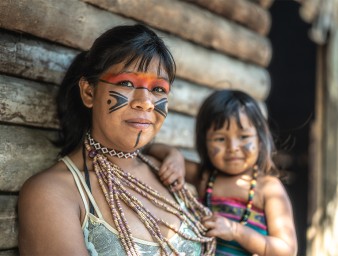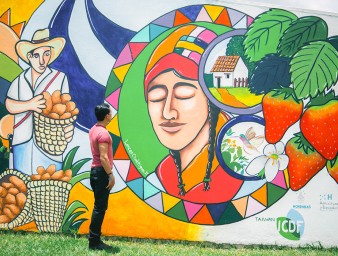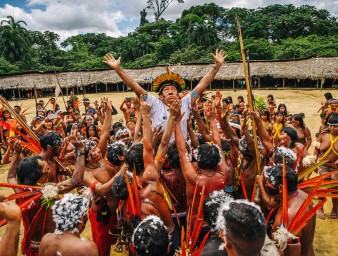“Our voices are being heard”
30 September 2022
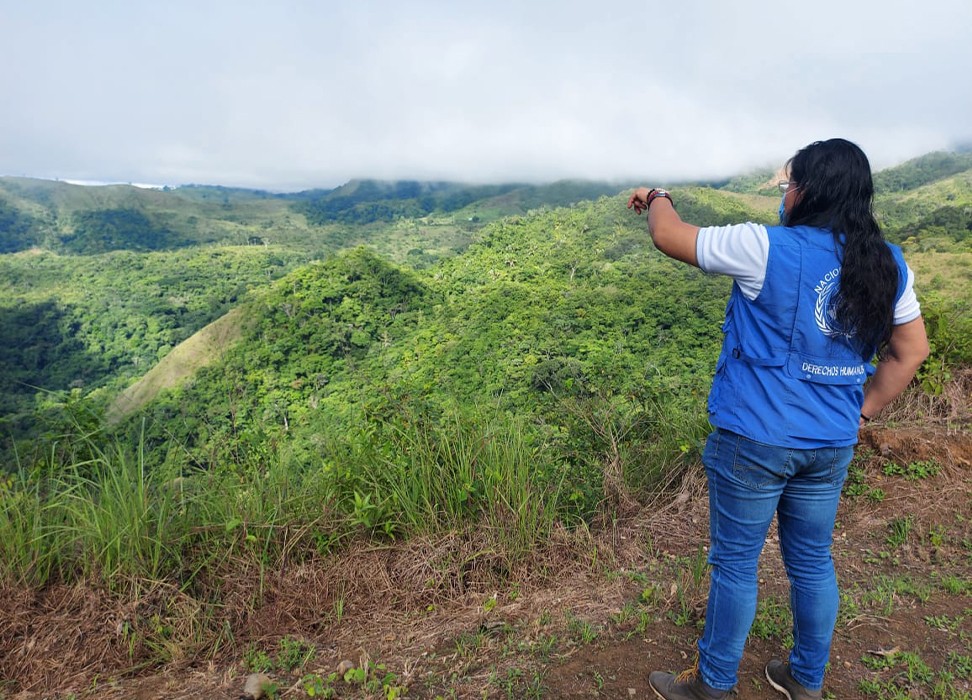
"When I was a kid, I believed the United Nations was like some kind of unreachable other planet," said Cristhian González Gómez. "But now I am working with them, indigenous peoples in my country are speaking at the table, and our voices are being heard."
González Gómez is an indigenous leader from Costa Rica's southern Boruca territory. He has been working with the UN since 2018, focusing on protecting and promoting the rights of his peoples.
There are eight groups of indigenous peoples in Costa Rica, comprising around 114,000 people, or 2.4% of the population. Despite the legal recognition of indigenous peoples' right to their lands and territories, in practice, there is limited protection afforded for them to exercise these rights, with some indigenous communities attacked because of conflict over their land and threats to indigenous leaders in the south of the country.
Against this backdrop of land takeovers and increasing conflict, threats against indigenous peoples' rights defenders and leaders are ongoing, and pervasive. It was the brutal murder of prominent rights defenders Sergio Rojas in 2019 and Jherry Rivera in 2020 that shocked González Gómez and moved him to continue his fight for indigenous rights.
"Most indigenous leaders, women and children in particular, have at some point felt fear and anguish over such threats," explained González Gómez. "Yet we have no choice but to get up and move on."
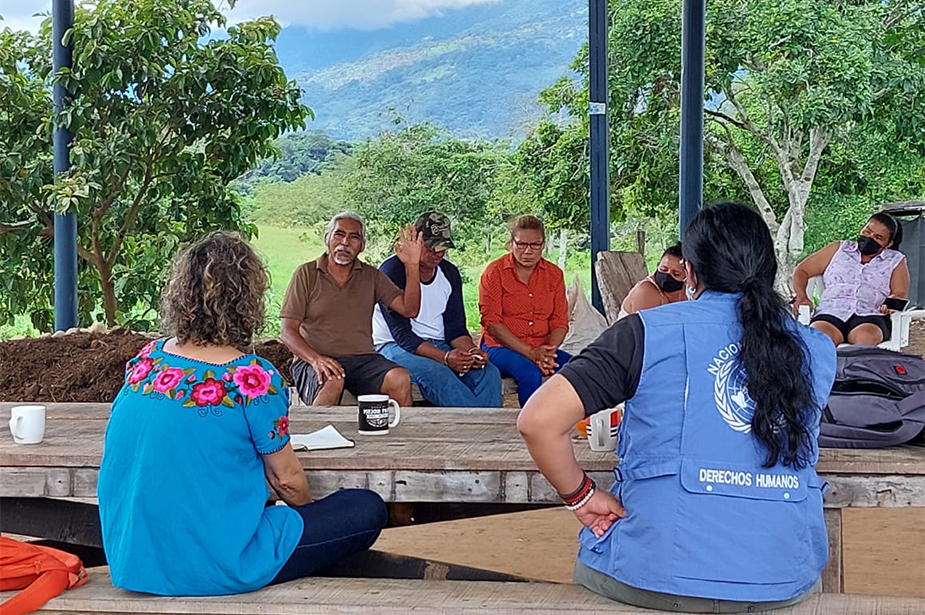
UN Human Rights meets with Brörán indigenous peoples' rights defenders, Crun Shurin in Térraba © OHCHR
Protecting the rights of indigenous peoples
An initiative by UN Human Rights’ Regional Office for Central America – in partnership with the Resident Coordinator's Office and other UN agencies – aims to put the rights of indigenous peoples first. It involves a comprehensive prevention strategy, which analyses risks faced by indigenous peoples, and forms part of UN Human Rights' Surge Initiative that was launched in 2019 to address inequalities and strengthen focus on economic, social and cultural rights.
Focusing on access to land in four affected territories in the south of the country, the initiative has brought together indigenous leaders, including women, local and national authorities.
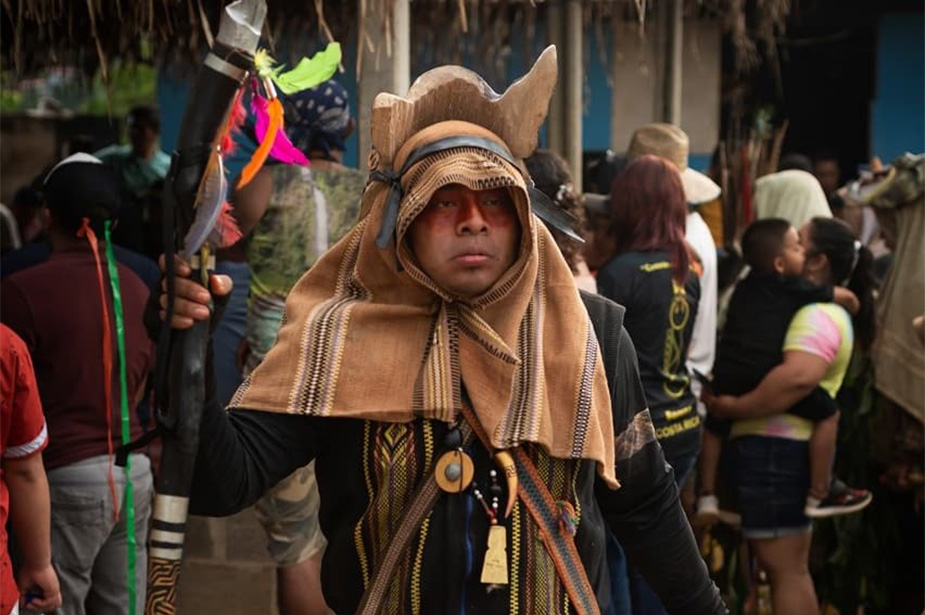
The Dance of the Devils is a traditional ceremony of the Brunka people in Costa Rica © Alexander Ch Gould
"This is helping to build bridges of communication between indigenous peoples, including women leaders, and the State," said Ana Maria Upegui Cuartas, Human Rights Adviser, UN Human Rights. "We have been able to take indigenous rights issues to the highest powers in the country, including the Judiciary, the implementation of the UPR project, and to support the Judiciary in the co-creation of the institutional policy on access to justice for indigenous peoples based on international human rights standards.”
The issue also has the attention of the Inter-American Commission of Human Rights, she said, due to precautionary measures taken in 2015 to protect the Terraba and Salitre peoples. This has helped to put indigenous rights on the map in not only Costa Rica, but all throughout the Americas region.
For González Gómez, the impacts of the initiative have been wide-reaching. Indigenous peoples and communities are finally being heard, and UN agencies and the government are making positive changes to respond to their demands.
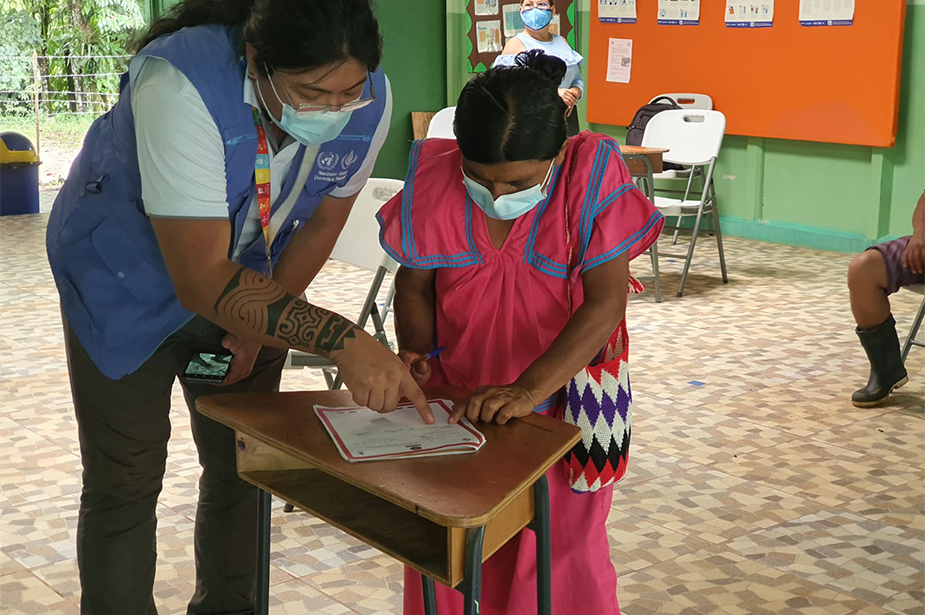
In September 2021, González Gómez visited the Abrojo Montezuma Ngäbe Territory as an Observer for the National Indigenous Policy Government consultation. © OHCHR
In December 2019, the UN Special Rapporteur on the rights of indigenous peoples, Francisco Cali Tzay, visited the country to assess and advise on priority issues and concerns.
"Accountability is improving," he said. "Government officials are listening to our recommendations and making more concerted efforts to visit our communities. The space to speak has opened, and we are taking these visits as opportunities to demand our rights."
Although González Gómez is pleased with the progress of the initiative, he recognised there is a long way to go for Costa Rica's indigenous peoples to achieve equality.
Taking steps towards equality
The government needs to continue their dialogue with indigenous peoples, he explained, and to keep on placing indigenous rights within policy action and legislation change. He also encouraged wider employment of indigenous peoples in national and international institutions, to ensure meaningful and concrete participation in decisions that affect their rights.
“
Indigenous youth have inherited the strength and hope that our grandparents had. We must continue to protect our rights and not give up if the struggle continues.
“
The other important step is to have a stronger focus on young people and women.
"We will arrive at a much better place when young people feel they have the tools to stand up for their own rights, and those of their communities," González Gómez said. "Indigenous women also require a dedicated space to express their needs and concerns, and to have their voices heard at the policy table.
"That is how I see a future with equality."
